October 10, 2025 — Amazon’s two-day fall sale—often dubbed “October Prime Day” or “Prime Big Deal Days”—has officially ended, but the buzz is far from over. As bargains fade and inventory thins, shoppers, analysts, and retailers alike are parsing the outcome: Which deals held up, which fell short of expectations, and what this means for holiday shopping.
What Happened During the Sale
This year’s Prime Big Deal Days kicked off as a high-stakes event. Amazon pushed steep discounts across electronics, home appliances, beauty products, toys, and fashion. Many of the offerings were marketed as “best of season” prices, tempting consumers to begin holiday shopping early.
But while the sale generated excitement, its impact appeared more muted than last year’s marquee events. Industry observers report that the average order value declined by about 15 percent compared to Amazon’s summer Prime Day earlier in 2025, signaling that shoppers might have been more cautious, focusing on essentials rather than big splurges.
A segment of deals—especially those tied to smart home gadgets, vacuums, cookware, and accessories—held strong and saw strong demand. Brands like Dyson, Le Creuset, and Shark were spotlighted in marketing banners and discount listings. But margin-pressured items and flagship electronics faced stiffer competition and thinner discount windows.
Post-Sale: The “Extended Deals” Strategy
Amazon didn’t simply cut off the sale at sunset. In a familiar tactic, the company extended dozens of deals through the weekend. Select items—some with discounts up to 70 percent—remained available for Prime members even after the official closing. This “tail” or “echo” of the event helps capture late-deciding shoppers and smooth demand after the main surge.
For consumers who missed the main event, this extension offers a second chance. But not all products qualify. Many deals vanish quickly; only those items with excess inventory or slower turnover tend to persist. Those still available include select vacuums, kitchen appliances, media devices, and seasonal goods.
Consumer Behavior & Market Signals
The cautious tone of consumer spending during the sale offers valuable insight. The weaker order sizes may reflect household tightening amid rising prices, or a sense that the deepest discounts have yet to come. Retailers watching Amazon’s patterns might interpret this as a sign of moderation heading into the holiday season.
At the same time, the success of specific product verticals demonstrates where demand remains resilient. Smart home products, health and wellness items, and kitchen appliances were among the categories that held momentum. Conversely, large-ticket gadgets—like flagship TVs or new laptops—saw fewer aggressive markdowns, suggesting Amazon is holding pricing power where it can afford to.
Tips for Shoppers After the Sale
- Scan the “extended deals” section — some of the best bargains may still linger.
- Use price trackers to confirm whether a current offer is genuinely a deal or a relisting of previous markdowns.
- Check for bundle deals — accessories or warranty packages sometimes remain discounted even after base models climb back in price.
- Watch return windows — items bought early may expire under shorter return policies, so verify that you’re covered for the holiday season.
- Don’t delay holiday shopping too long — supply chain and shipping pressures may tighten in November and December.
What This Means for Retailers & Amazon’s Strategy
For Amazon, the event underscores its playbook: combine intense bursts of demand, heavy promotion, and selective extended offers to maximize sales while managing inventory. It also reinforces their dominance in holiday kickoff retail strategy.
But the tempered consumer response suggests vulnerabilities. As shoppers grow more selective, Amazon and its third-party sellers must balance discount depth with profitability. The data from this event may influence how aggressively discounts are deployed in the Black Friday and Cyber Monday windows.
Retailers outside Amazon will also be watching. The performance of this event may recalibrate pricing strategies across e-commerce platforms, brick-and-mortar stores, and competing flash sales in the months ahead.
Looking Ahead: Indicators to Watch
- Inventory pull-back: Monitor how quickly Amazon removes extended deals or reverts pricing upward.
- Holiday discount patterns: Will Amazon use this event’s momentum to push deeper discounts in November, or preserve margin?
- Consumer sentiment in Q4: If shoppers remain cautious, broader retail growth might slow.
- Competitor reactions: Rival platforms may respond with counter-campaigns, bundling, or loyalty incentives to steal market share.






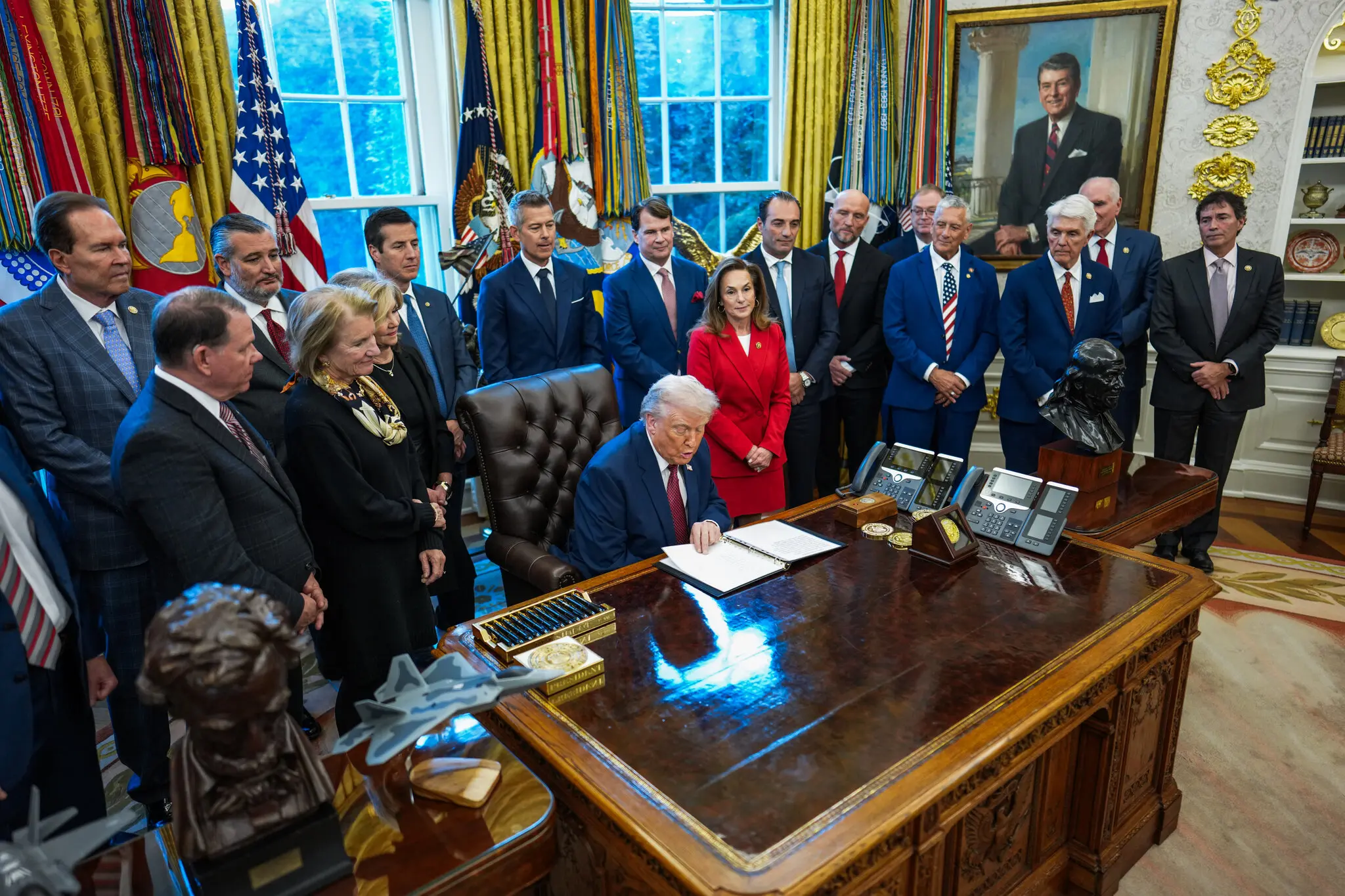
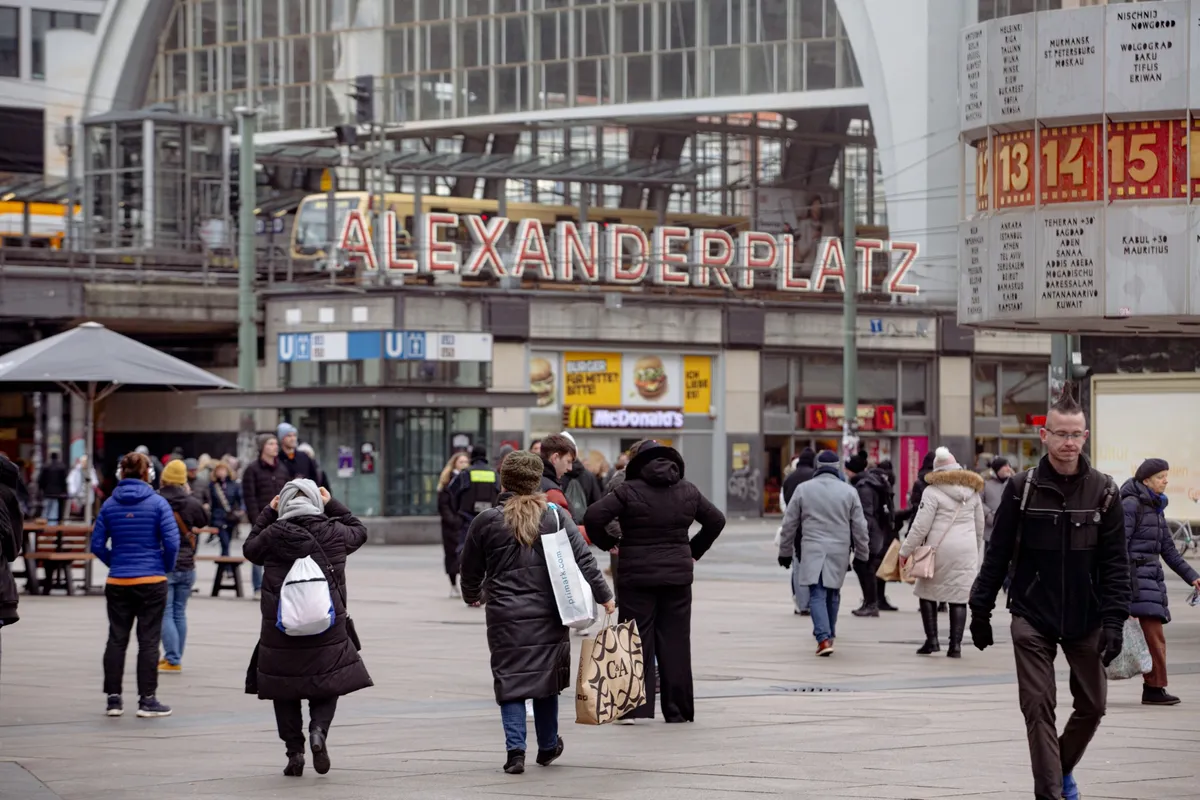
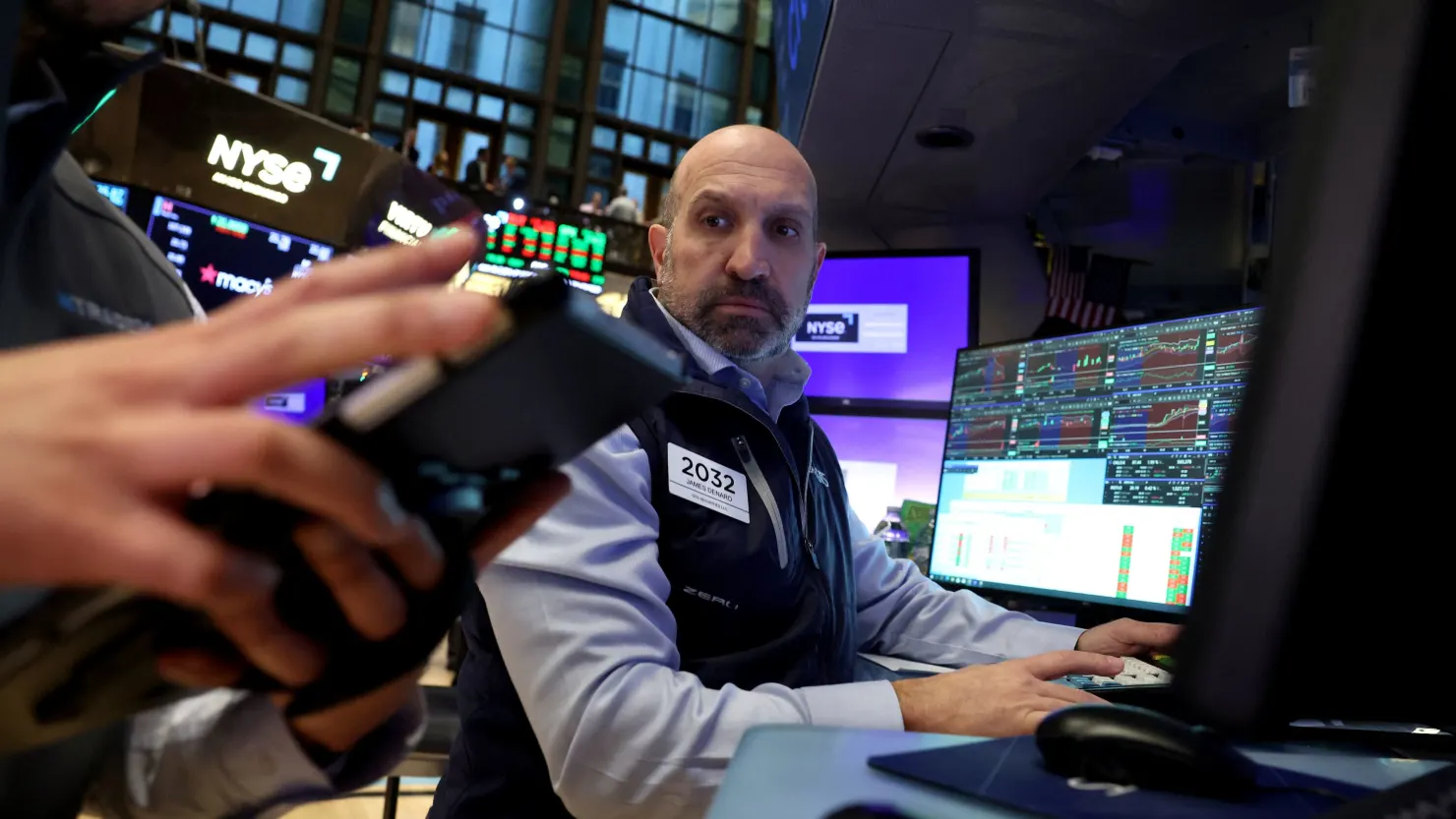
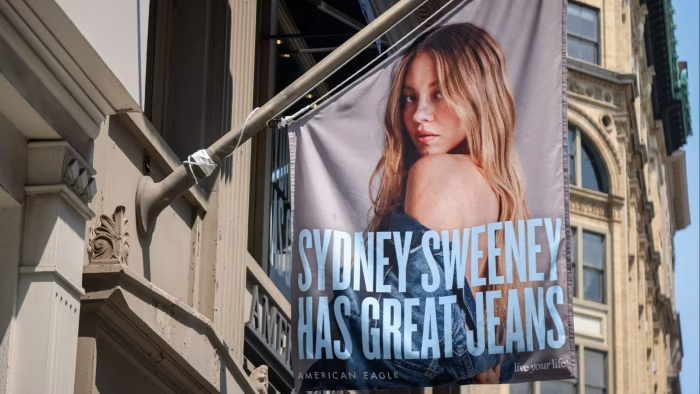

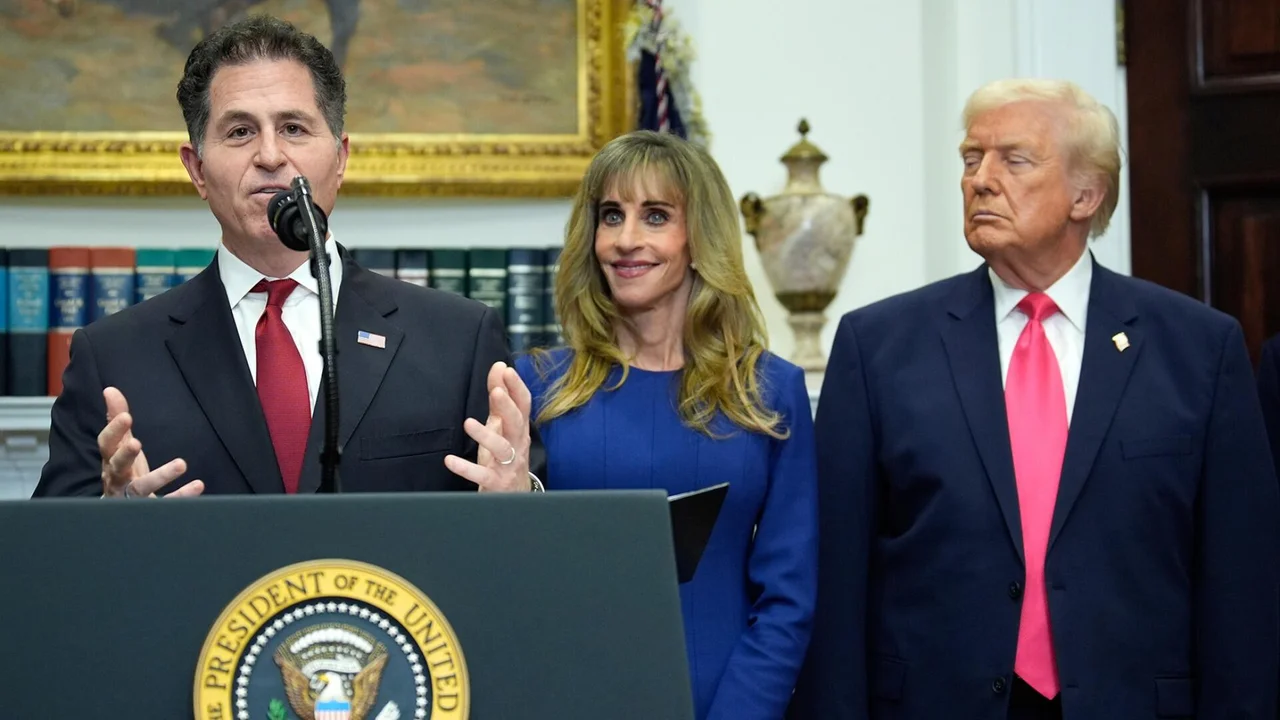




Leave a Reply